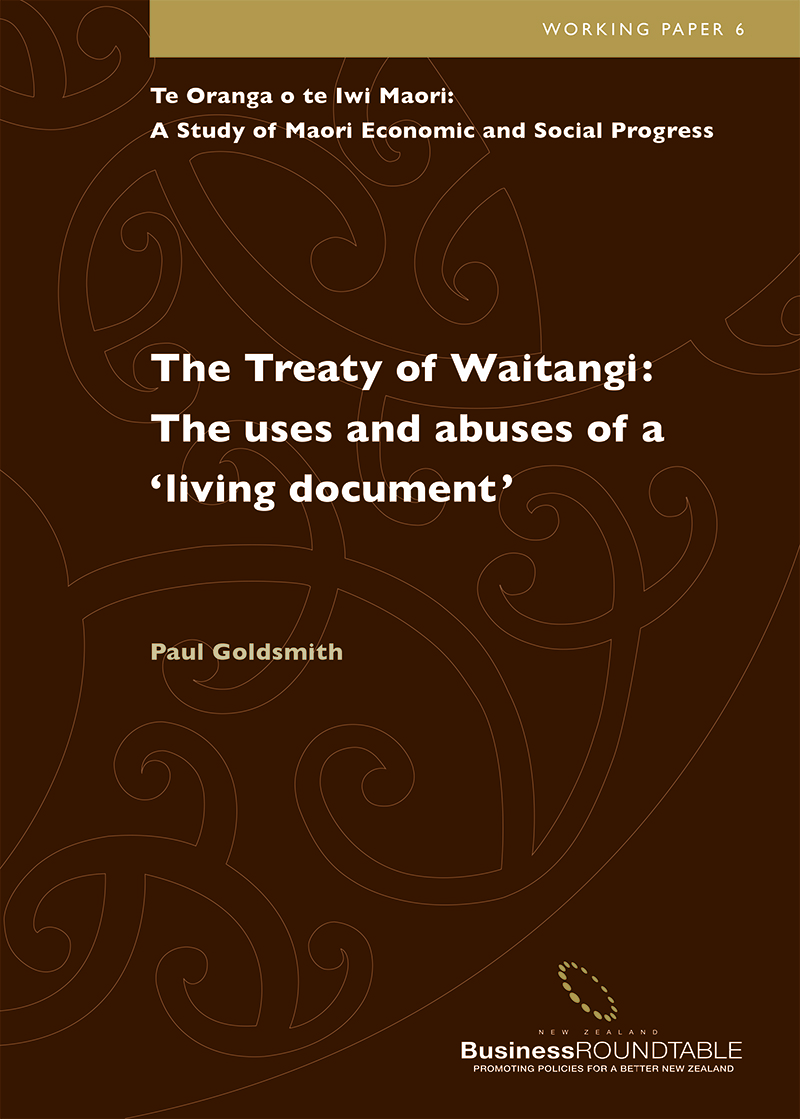Representatives of two separate and distinct peoples signed the Treaty of Waitangi in 1840. Maori immigrants from the Pacific region, who had lived in isolation on the islands now known as New Zealand for somewhere between 500 and 700 years, had been connected with the rest of the world in the decades following James Cook’s arrival in 1769.1 Their separation from the traders, religions, cultural achievements, military forces and diseases of other nations was inevitably going to end. The world was changing rapidly and Maori would be forced to respond and adapt. They were not a powerful, unified nation like Japan, for example, which could turn its back on the world; Maori had no choice but to reach some sort of accommodation with one of the expansionist powers. This was a reality that only slowly became apparent.
Te Oranga o te Iwi Maori Working Paper 6: The Treaty of Waitangi: The uses and abuses of a ‘living document’
1 January, 2009



